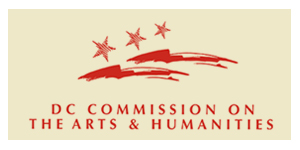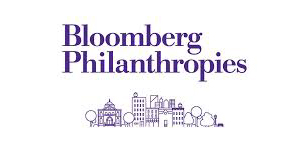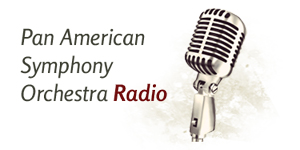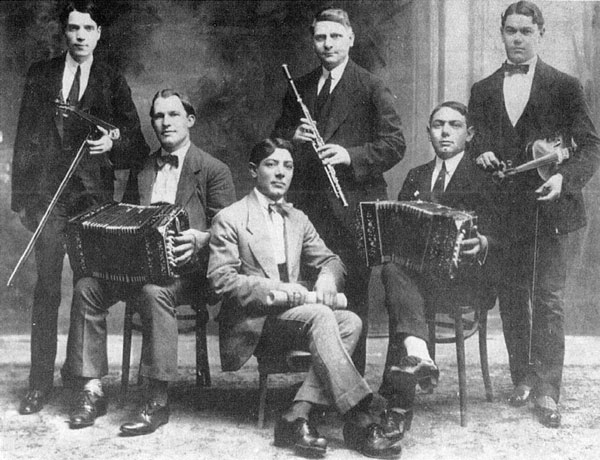

Before tango was considered a “classy” dance with its music played by the best symphonic orchestras in the world, tango music was heard only in the immigrant “barrios” of Argentina and Uruguay, in bars as well as brothels. At that time, in the 1880’s, it was not romantic music. The tone was often dark and bitter with lyrics of political dissent. Where tango originated is often disputed but we do know that in its earliest forms in the 1890’s, it was a derivation of the Cuban dance, the Habanera. However, it was the people of the Rio de la Plata, with their distinctive speech cadences, that gave the music its pronounced patterns and rhythms — a double beat, with a syncopated accent on the second. The bandoneón was introduced to the tango in the early 1900’s, by the European immigrants from Italy and Spain. It made the music, up until then played with piano, harp, flute, and guitars, more portable, as the musicians performed primarily in bordellos.
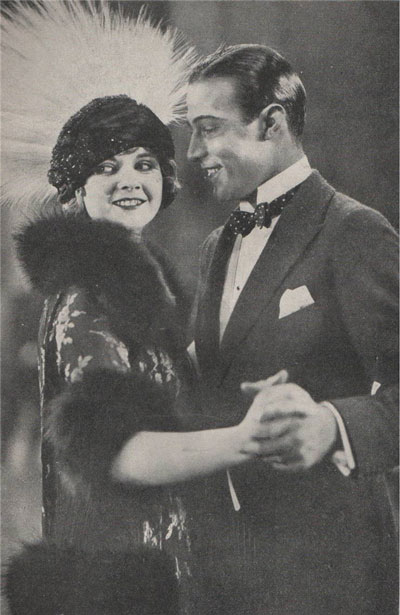 By the end of World War I, the tango was the hit of Europe’s finest salons. Conservative upper class European women wore padded bumpers around their waists to prevent dangerously close contact with male partners! Tango singer Carlos Gardel popularized the tango worldwide, having appeared in American movies before he died in 1935, and today he maintains a cult stature in Argentina equal to that of Elvis Presley in the United States. Tango’s widespread and longstanding popularity has led to its recognition by UNESCO as a significant “cultural heritage of humanity” to be treasured and protected.
By the end of World War I, the tango was the hit of Europe’s finest salons. Conservative upper class European women wore padded bumpers around their waists to prevent dangerously close contact with male partners! Tango singer Carlos Gardel popularized the tango worldwide, having appeared in American movies before he died in 1935, and today he maintains a cult stature in Argentina equal to that of Elvis Presley in the United States. Tango’s widespread and longstanding popularity has led to its recognition by UNESCO as a significant “cultural heritage of humanity” to be treasured and protected.
Despite the inundation of pop music from the United States and Europe, Argentines still love their tango. There is a nation-wide 24-hour radio station that plays only tango and a Tango University in Buenos Aires where students attend classes in tango history, dance, and poetry. Tango has its devotees in every part of the world, including a loyal, committed following in the United States. Some major U.S. cities host annual tango competitions and new tango groups are continually being formed.


